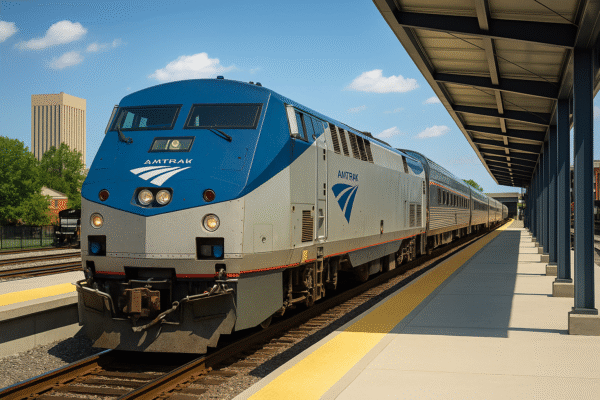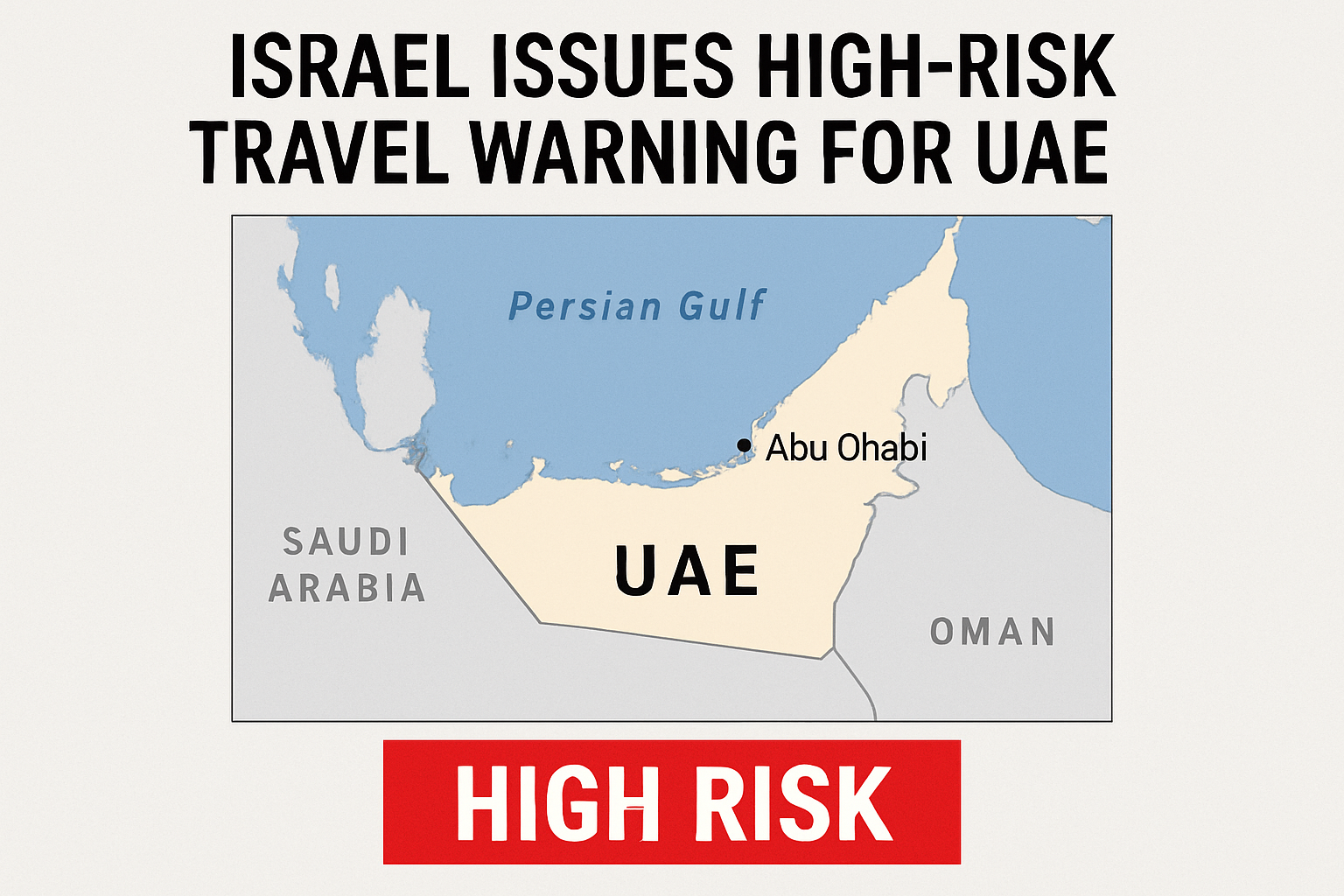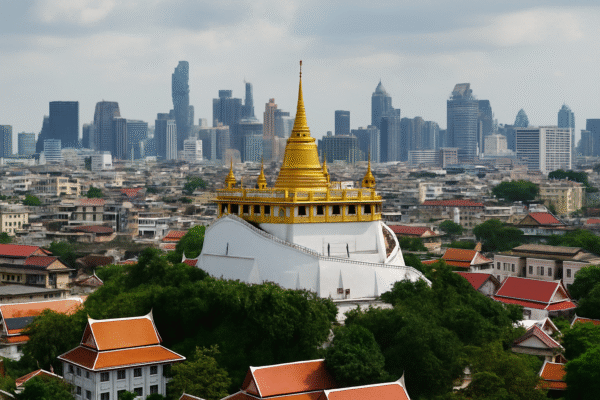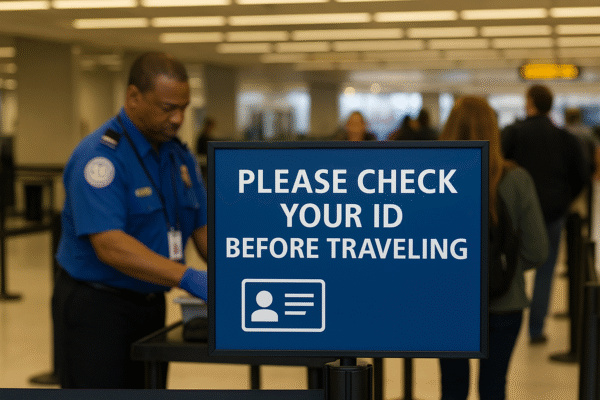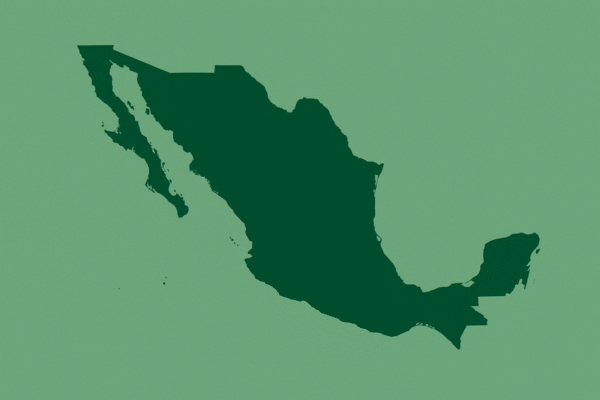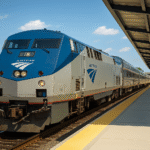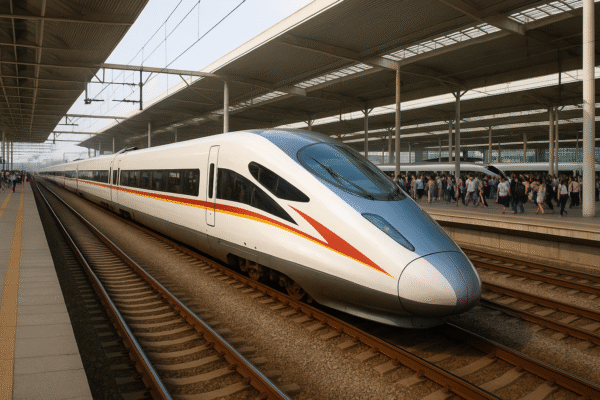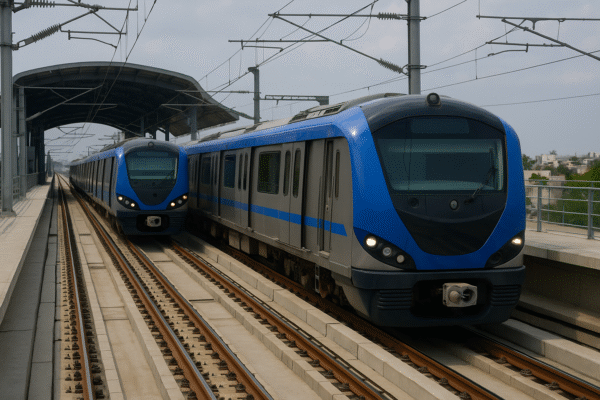Mexico’s National Rail Transformation: A Vision for Sustainable Tourism, Trade, and Mobility by 2030
In a landmark move to modernize infrastructure and reshape national connectivity, Mexico has launched an ambitious railway initiative that promises to enhance domestic travel, bolster cross-border trade with the United States, and promote sustainable tourism. The project features three major passenger rail lines that will link the capital, Mexico City, with key industrial hubs and regional centers such as Nuevo Laredo, Guadalajara, and Pachuca via the Felipe Ángeles International Airport (AIFA).
Set to begin construction shortly after the 2024 presidential transition, this initiative is part of the federal government’s long-term strategy to reduce road congestion, cut emissions, and stimulate economic growth across the country. With a targeted completion date of 2030, the rail network will span thousands of kilometers, revolutionizing how people and goods move throughout Mexico.
Connecting Cities, People, and Economies
The newly proposed railway corridors are set to deliver significant improvements in travel efficiency, safety, and accessibility. Here’s a breakdown of the three principal lines:
- Mexico City to Nuevo Laredo (Over 1,100 km)
This critical line will link the nation’s capital directly to the U.S. border near Texas, significantly improving freight and passenger transit between Mexico and the United States. Nuevo Laredo is a key port of entry for North American trade, and this rail connection will support faster logistics and streamlined customs operations. - Mexico City to Guadalajara via Querétaro (581 km)
Designed to bridge central Mexico with its second-largest city, this route will enhance intercity tourism, economic exchanges, and regional mobility. The government is also considering an extension of this corridor to Nogales, Sonora—creating a robust northwestern link toward the U.S. border. - AIFA to Pachuca (Approx. 150 km)
Serving as a regional commuter line, this route will connect the Felipe Ángeles International Airport in the State of Mexico with the city of Pachuca. This will significantly improve airport accessibility while alleviating congestion in surrounding metropolitan zones.
Tourism and Green Travel at the Forefront
A key component of this rail expansion is its potential to boost domestic and international tourism. Cities like Guadalajara, Querétaro, and Pachuca are rich in cultural heritage, cuisine, and historical landmarks—making them attractive destinations for travelers. The new lines are expected to encourage more eco-conscious tourism by offering low-emission alternatives to road and air travel.
By reducing dependence on cars and short-haul flights, the rail project also contributes to Mexico’s broader climate goals. The reuse of existing freight corridors where feasible minimizes land use and environmental disruption, aligning with global best practices in sustainable infrastructure development.
Public-Private Synergy with Military Precision
The Mexican government is embracing a hybrid development model that leverages both public and private sector strengths. Military engineers—renowned for their involvement in national infrastructure projects—will collaborate with private investors to fast-track construction and ensure structural integrity.
Using existing rail rights-of-way for many segments, the government aims to keep land acquisition and environmental impact to a minimum. Where new lines are needed, they will be purpose-built for high-speed or regional rail use.
International Support for Mexican Rail Renaissance
Global interest in Mexico’s railway revival is growing. Leading train manufacturers from Europe and Asia have expressed intent to supply advanced rolling stock for the new network. The infusion of international technology is expected to modernize rail travel across Mexico, introducing features such as high-speed service, real-time monitoring, and energy-efficient designs.
This global collaboration also reflects Mexico’s strategic position in the global supply chain, particularly under the United States-Mexico-Canada Agreement (USMCA).
Challenges and Considerations Ahead
Despite the optimism surrounding the project, experts warn of potential hurdles. Large-scale infrastructure developments in Mexico have historically faced delays, cost overruns, and political scrutiny. Analysts recommend strong fiscal oversight, environmental impact assessments, and inclusive community consultations.
Particular attention will be required as the railways cross ecologically sensitive zones or Indigenous territories, necessitating ethical planning and mitigation strategies.
Cross-Border Trade and Regional Equity
The flagship Mexico City–Nuevo Laredo route stands to greatly benefit trade and logistics sectors by reducing travel times and enhancing cargo movement efficiency. With over 70% of U.S.-Mexico trade moving through border crossings, an efficient rail link could ease bottlenecks and lower transportation costs.
Additionally, improved connectivity will empower marginalized regions, opening access to employment, healthcare, and education in Mexico’s growing urban corridors. By reducing geographic inequality, the rail initiative supports national goals for social inclusion and balanced development.
Looking Ahead: A Model for Regional Rail Investment
If successfully executed, Mexico’s national rail project could serve as a model for other Latin American countries seeking to modernize transportation infrastructure. With sustainability, efficiency, and regional integration at its core, the initiative represents a forward-thinking approach to 21st-century mobility.
The next five years will be crucial. As groundwork begins and stakeholders align, the world will watch how Mexico turns this bold rail vision into reality—moving millions of people toward a faster, cleaner, and more connected future.
For more travel news like this, keep reading Global Travel Wire

